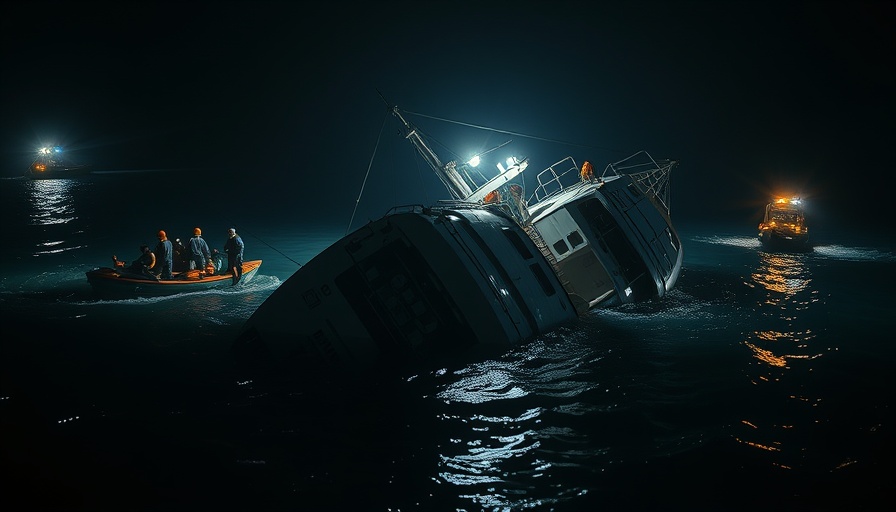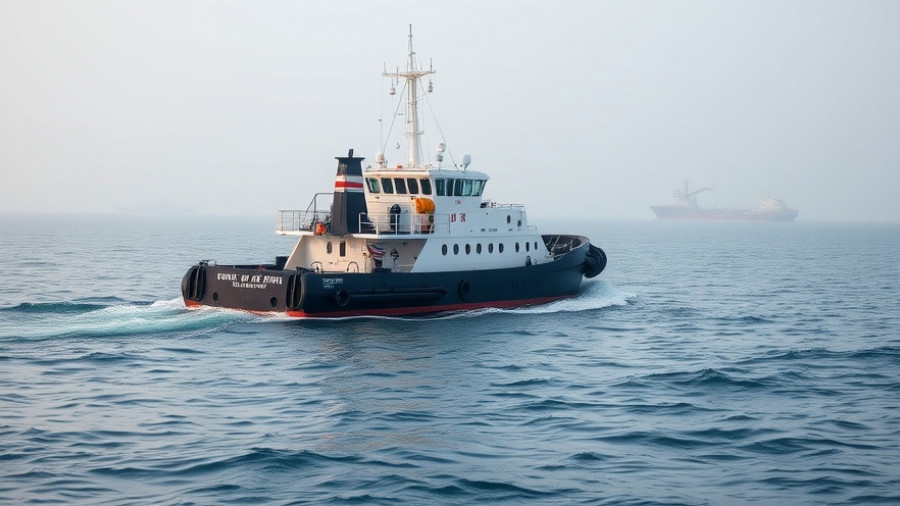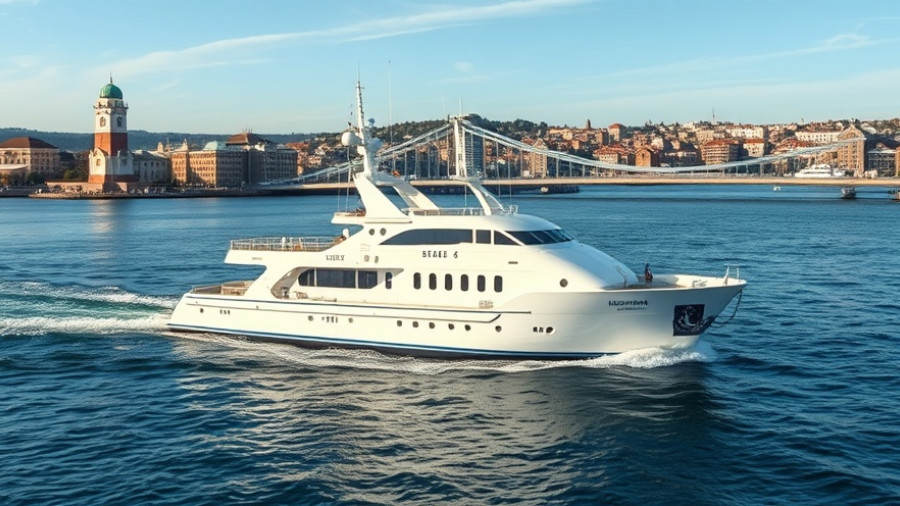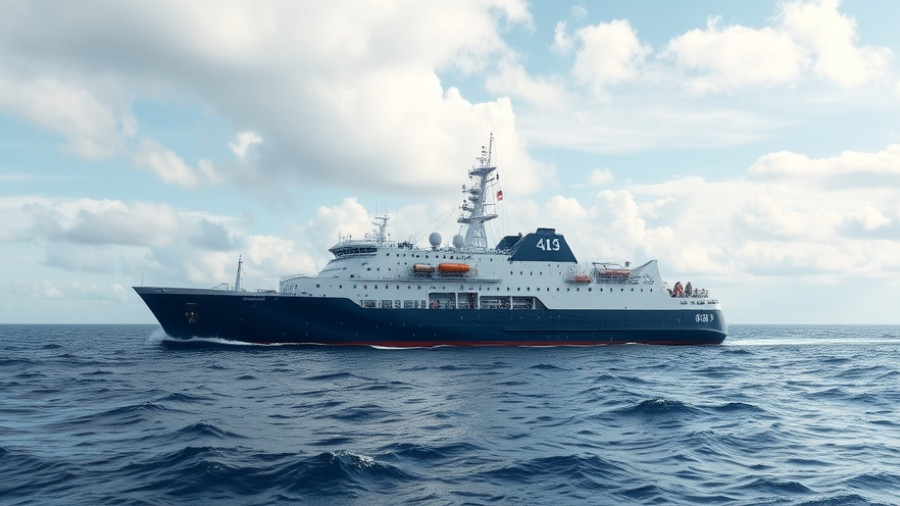
Tragedy Strikes in Halong Bay: What Went Wrong?
On a seemingly calm day in Halong Bay, disaster unfolded as a tourist boat capsized under unexpected storm conditions, claiming the lives of many. Authorities have confirmed that at least 35 bodies have been recovered, while search efforts continue for four missing individuals. Several of the victims were children, leading to unprecedented sorrow in the local community and among families across Vietnam.
The incident occurred during a sudden thunderstorm, which caught the boat's passengers off guard. As the storm surged, dark clouds rapidly enveloped the sky, transforming a tranquil experience into chaos. Witnesses describe the panic that ensued as strong winds and heavy rain, accompanied by terrifying lightning strikes, overwhelmed the vessel. "I was told life vests were available, but it was too sudden," said local resident Do Van Hai, echoing the fears of many caught in the storm.
History of Maritime Safety in Vietnam: A Worrying Pattern
Vietnam has a turbulent history with maritime safety, especially in tourist hotspots like Halong Bay. This tragic incident is reminiscent of a similar accident in 2011, where a tour boat sank, resulting in 12 fatalities, including foreign travelers. These past events raise critical questions about the effectiveness of safety measures and emergency preparedness for both locals and tourists. An empirical analysis reveals a troubling trend: as tourism surges, so too do accidents. It begs the question—are current regulations and safety protocols adequate for the influx of visitors?
Impact of Climate Change: A Future of Rising Incidents?
The sudden onset of storms and extreme weather patterns can be linked directly to climate change. Vietnam, with its extensive coastal lines and reliance on maritime tourism, faces an uphill battle against nature’s unpredictability. According to climate scientists, regions experiencing tourism booms are particularly vulnerable to climate volatility. This necessitates an urgent reevaluation of how tourist companies operate during inclement weather.
Government Response: Lessons Learned from Disaster
In the aftermath of this tragedy, the government's response will be under intense scrutiny. Many locals, like insurance agent Do Thi Thuy, express their astonishment at the scale of the tragedy, emphasizing the need for improvements in safety regulations. Some argue that stricter controls on vessel operations during adverse weather, regular safety drills, and improved training for crews could prevent future losses. This incident serves as a sobering wake-up call for the industry, prompting discussions on enhancing safety protocols for boats that traverse Vietnam's popular waters.
Preparing for the Future: Community Resilience Initiatives
Community resilience in the face of such disasters is crucial. Local organizations are advocating for increased training in emergency response, with a focus on effective evacuation strategies for tourists. Workshops could emphasize communication with travelers about potential weather risks and equip them with the knowledge to stay safe. The stark reality is that as long as maritime tourism flourishes in Vietnam, the threat of accidents will persist without proactive measures.
Conclusion: A Call for Change
This devastating incident in Halong Bay shines a light on the urgent need for reform in maritime safety. It's not just about regulations; it's about protecting lives. As recovery efforts continue, the communities affected are left to contemplate their losses. Yet amid tragedy, there’s an opportunity for meaningful dialogue about safer travel practices and a push for regulatory reform that prioritizes safety over profit.
Stay updated on maritime safety practices and advocate for better policies that could prevent accidents like the one in Halong Bay from occurring again. Your voice matters in pushing for accountability and change to protect both locals and visitors alike.
 Add Row
Add Row  Add
Add 




Write A Comment